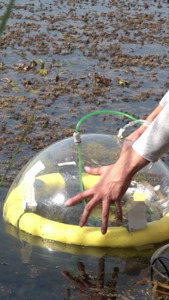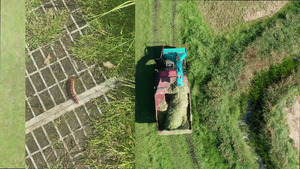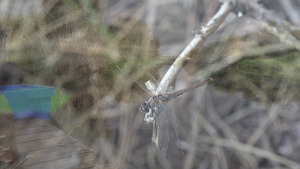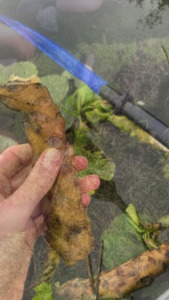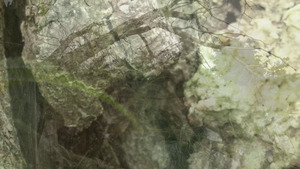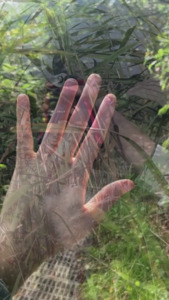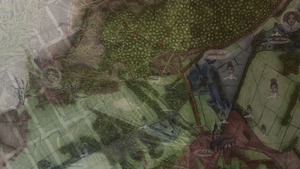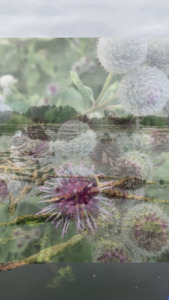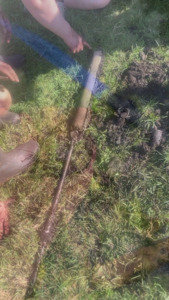Hanne König
| Name | Hanne König |
129 Inhalte
- Seite 1 von 11
video stills
- Titel
- video stills
- Titel
- video stills
- Urheberrechtshinweis
- ©Laura Haak
- Projektleiter/in
- Semester
- Studiengang
- Typ der Abschlussarbeit
- Importiert am
- 30.06.2025
- Übergeordnete Sets
- 1
video stills
- Titel
- video stills
- Titel
- video stills
- Urheberrechtshinweis
- ©Laura Haak
- Projektleiter/in
- Semester
- Studiengang
- Typ der Abschlussarbeit
- Importiert am
- 09.07.2025
- Übergeordnete Sets
- 1
video stills
- Titel
- video stills
- Titel
- video stills
- Urheberrechtshinweis
- ©Laura Haak
- Projektleiter/in
- Semester
- Studiengang
- Typ der Abschlussarbeit
- Importiert am
- 30.06.2025
- Übergeordnete Sets
- 1
video stills
- Titel
- video stills
- Titel
- video stills
- Urheberrechtshinweis
- ©Laura Haak
- Projektleiter/in
- Semester
- Studiengang
- Typ der Abschlussarbeit
- Importiert am
- 30.06.2025
- Übergeordnete Sets
- 1
video stills
- Titel
- video stills
- Titel
- video stills
- Urheberrechtshinweis
- ©Laura Haak
- Projektleiter/in
- Semester
- Studiengang
- Typ der Abschlussarbeit
- Importiert am
- 09.07.2025
- Übergeordnete Sets
- 1
video stills
- Titel
- video stills
- Titel
- video stills
- Urheberrechtshinweis
- ©Laura Haak
- Projektleiter/in
- Semester
- Studiengang
- Typ der Abschlussarbeit
- Importiert am
- 30.06.2025
- Übergeordnete Sets
- 1
video stills
- Titel
- video stills
- Titel
- video stills
- Urheberrechtshinweis
- ©Laura Haak
- Projektleiter/in
- Semester
- Studiengang
- Typ der Abschlussarbeit
- Importiert am
- 09.07.2025
- Übergeordnete Sets
- 1
video stills
- Titel
- video stills
- Titel
- video stills
- Urheberrechtshinweis
- ©Laura Haak
- Projektleiter/in
- Semester
- Studiengang
- Typ der Abschlussarbeit
- Importiert am
- 30.06.2025
- Übergeordnete Sets
- 1
video stills
- Titel
- video stills
- Titel
- video stills
- Urheberrechtshinweis
- ©Laura Haak
- Projektleiter/in
- Semester
- Studiengang
- Typ der Abschlussarbeit
- Importiert am
- 30.06.2025
- Übergeordnete Sets
- 1
video stills
- Titel
- video stills
- Titel
- video stills
- Urheberrechtshinweis
- ©Laura Haak
- Projektleiter/in
- Semester
- Studiengang
- Typ der Abschlussarbeit
- Importiert am
- 09.07.2025
- Übergeordnete Sets
- 1
video stills
- Titel
- video stills
- Titel
- video stills
- Urheberrechtshinweis
- ©Laura Haak
- Projektleiter/in
- Semester
- Studiengang
- Typ der Abschlussarbeit
- Importiert am
- 30.06.2025
- Übergeordnete Sets
- 1
video stills
- Titel
- video stills
- Titel
- video stills
- Urheberrechtshinweis
- ©Laura Haak
- Projektleiter/in
- Semester
- Studiengang
- Typ der Abschlussarbeit
- Importiert am
- 09.07.2025
- Übergeordnete Sets
- 1

